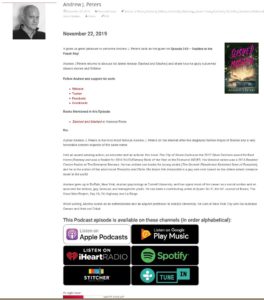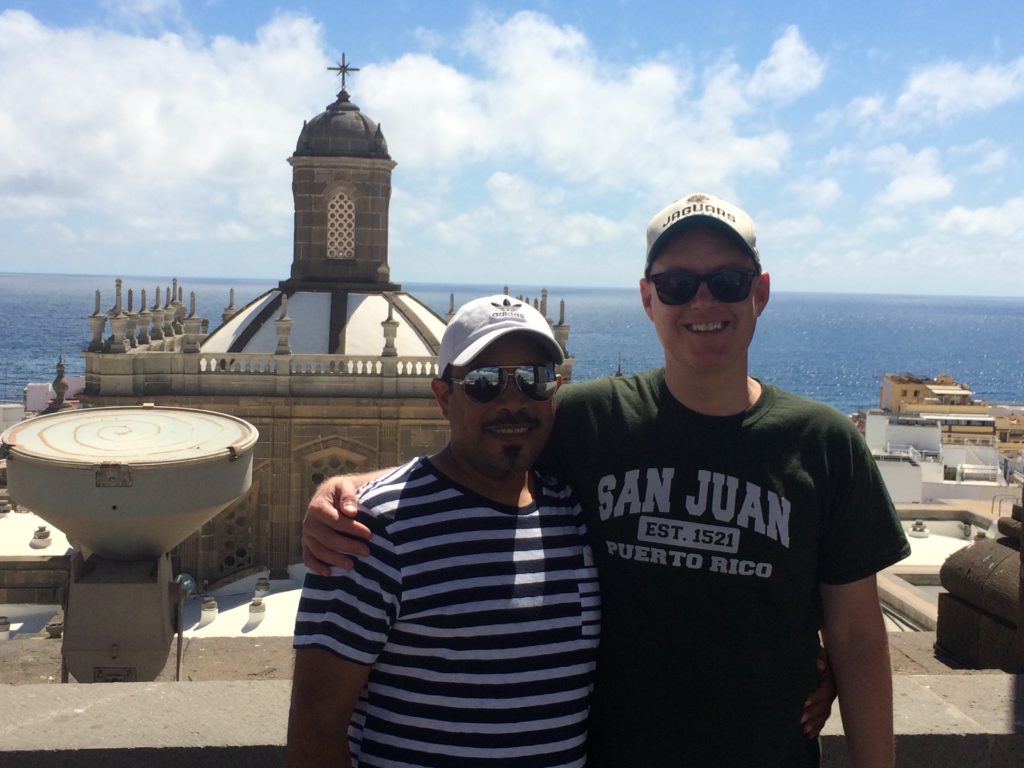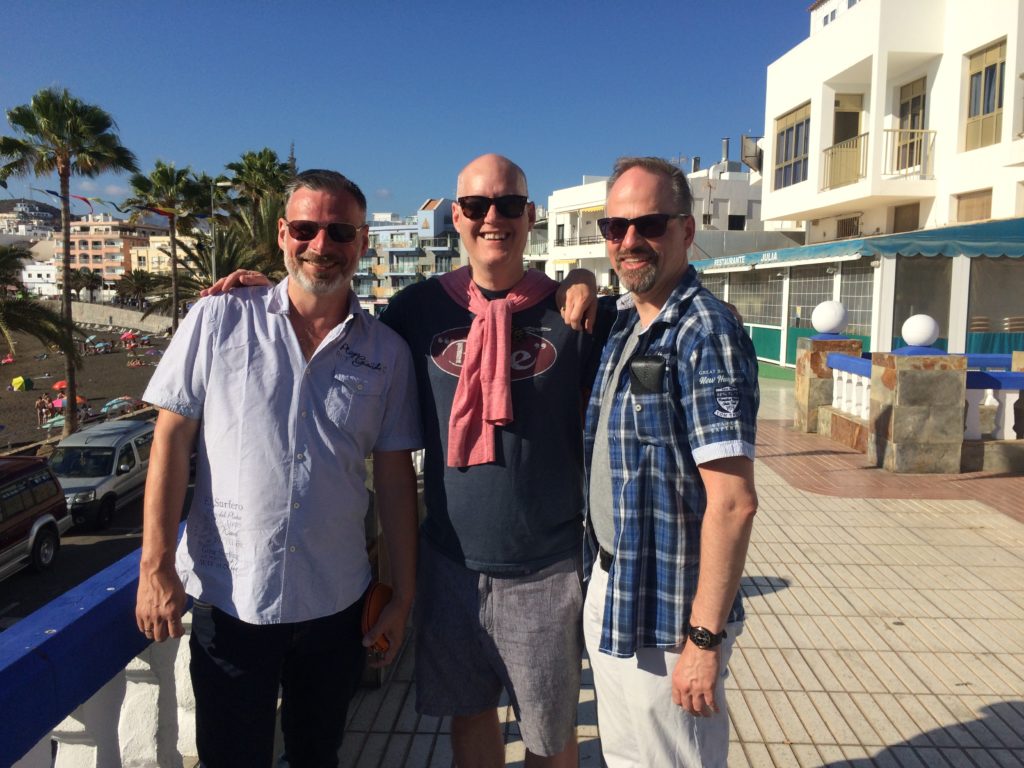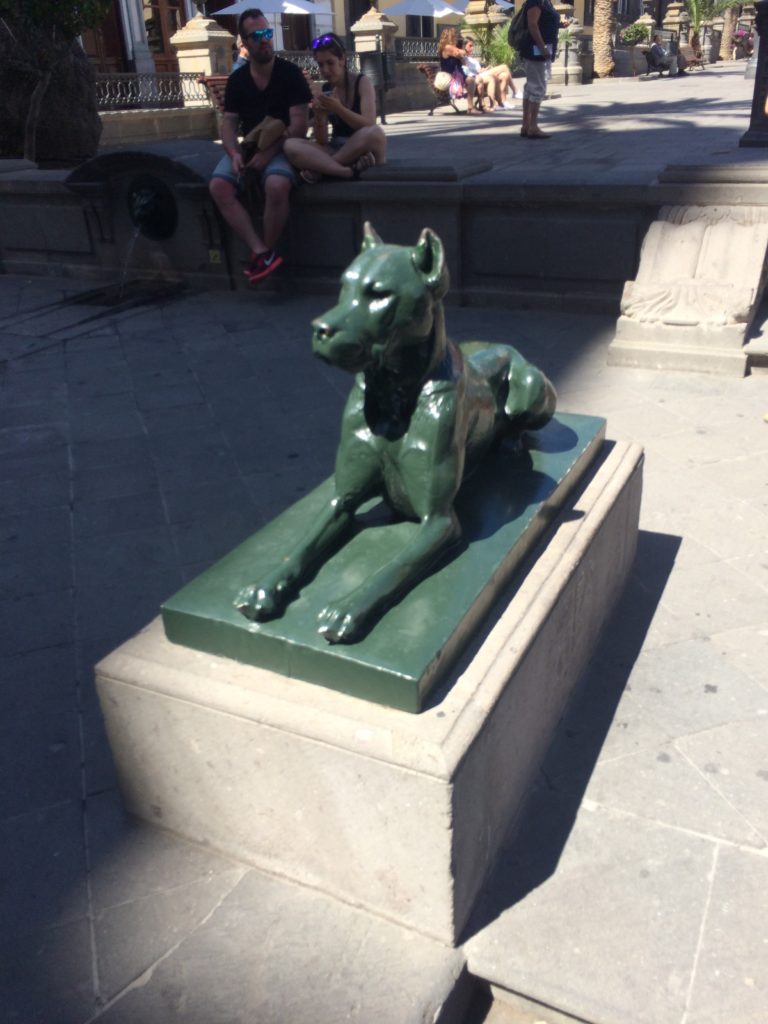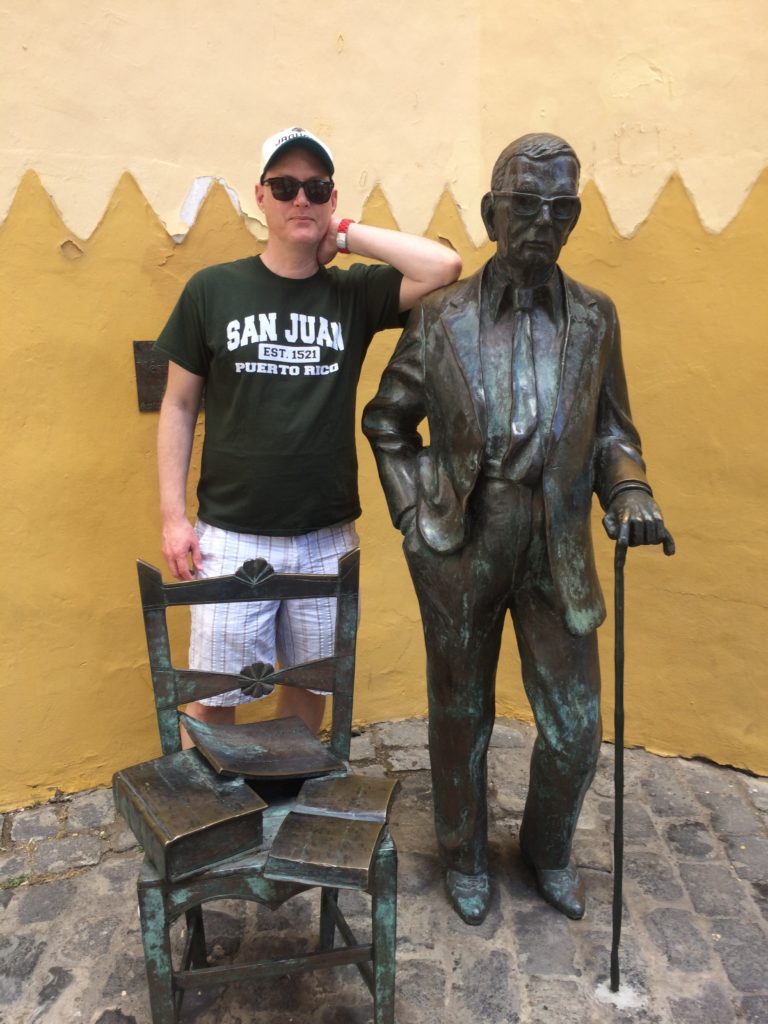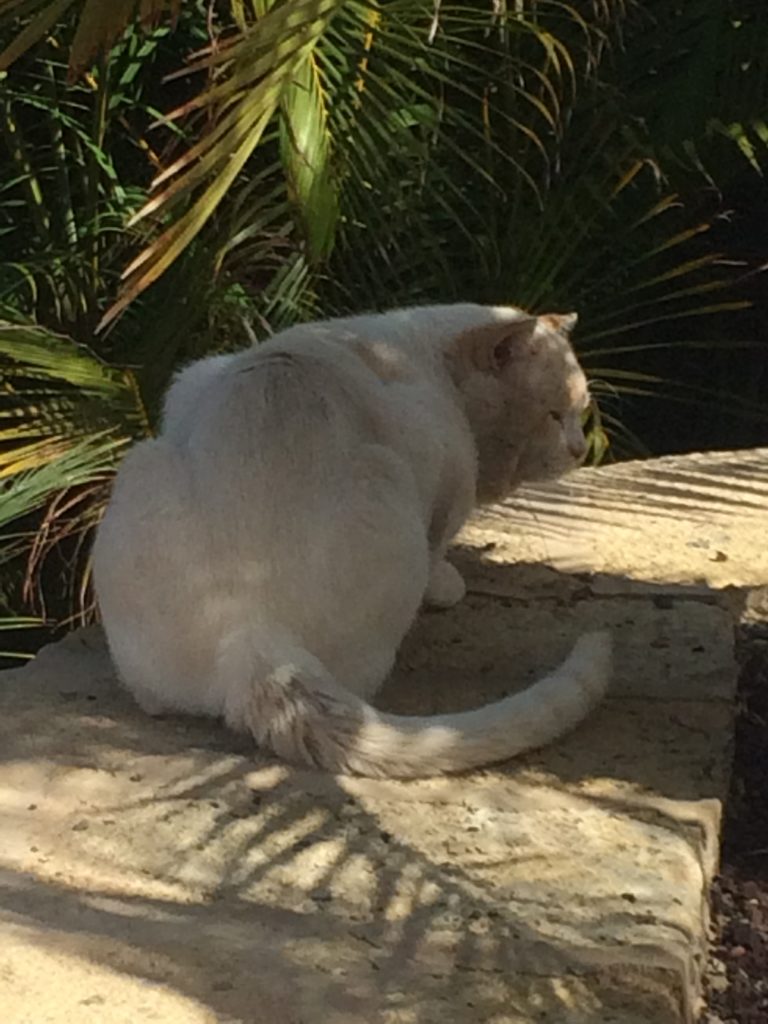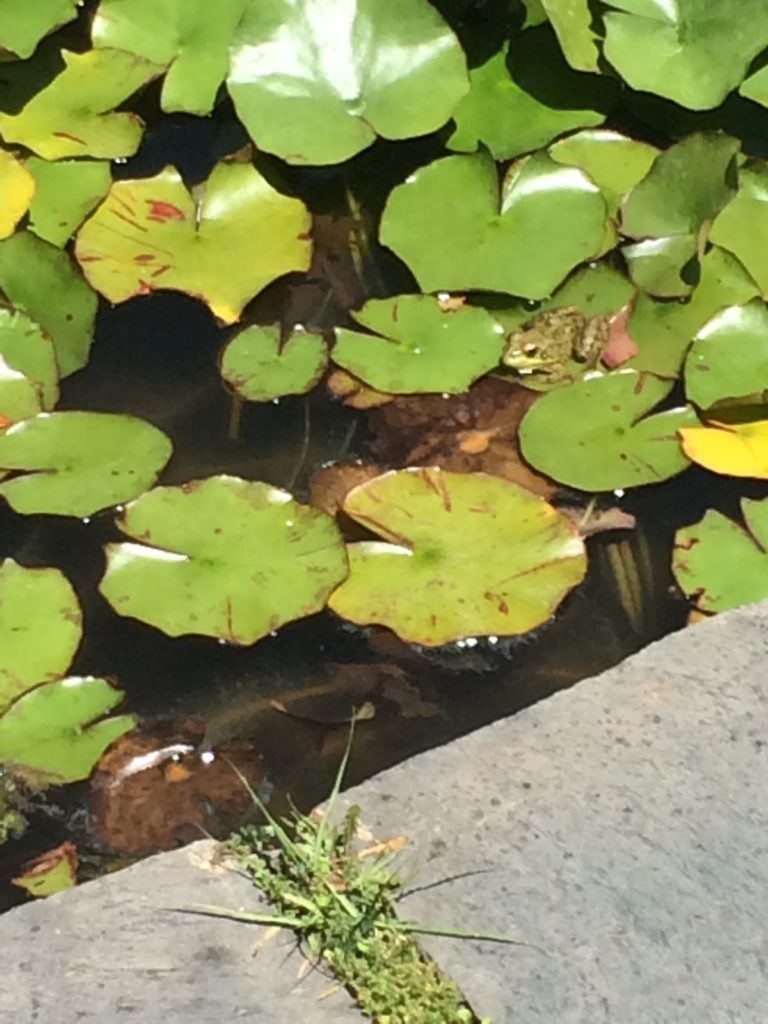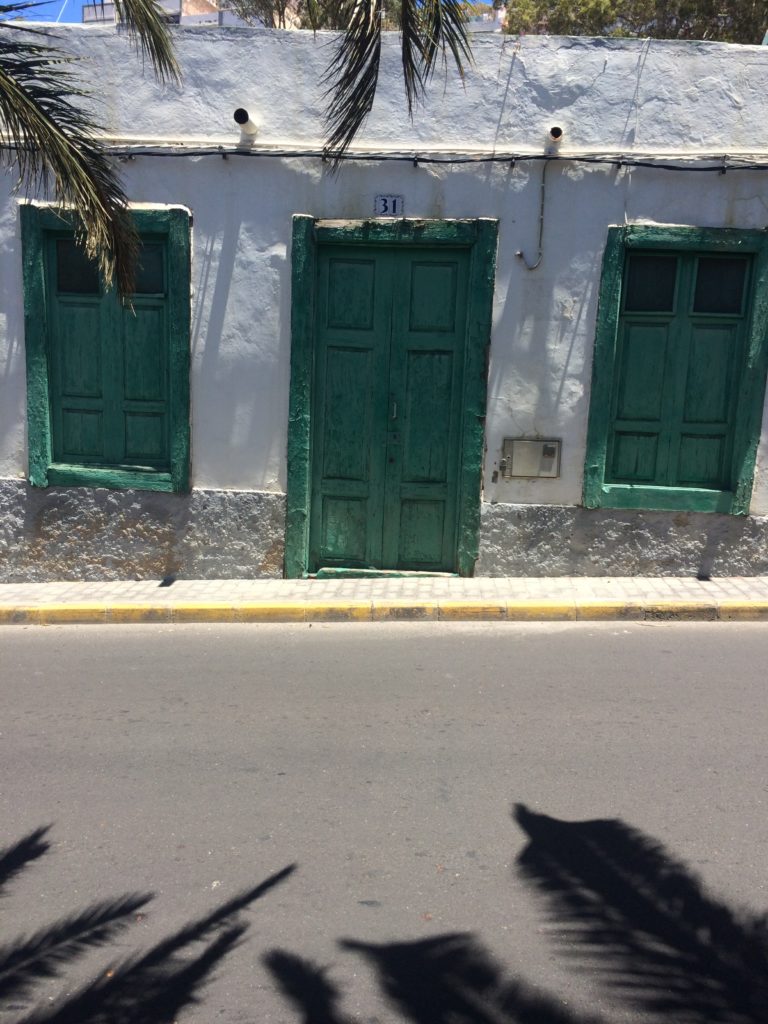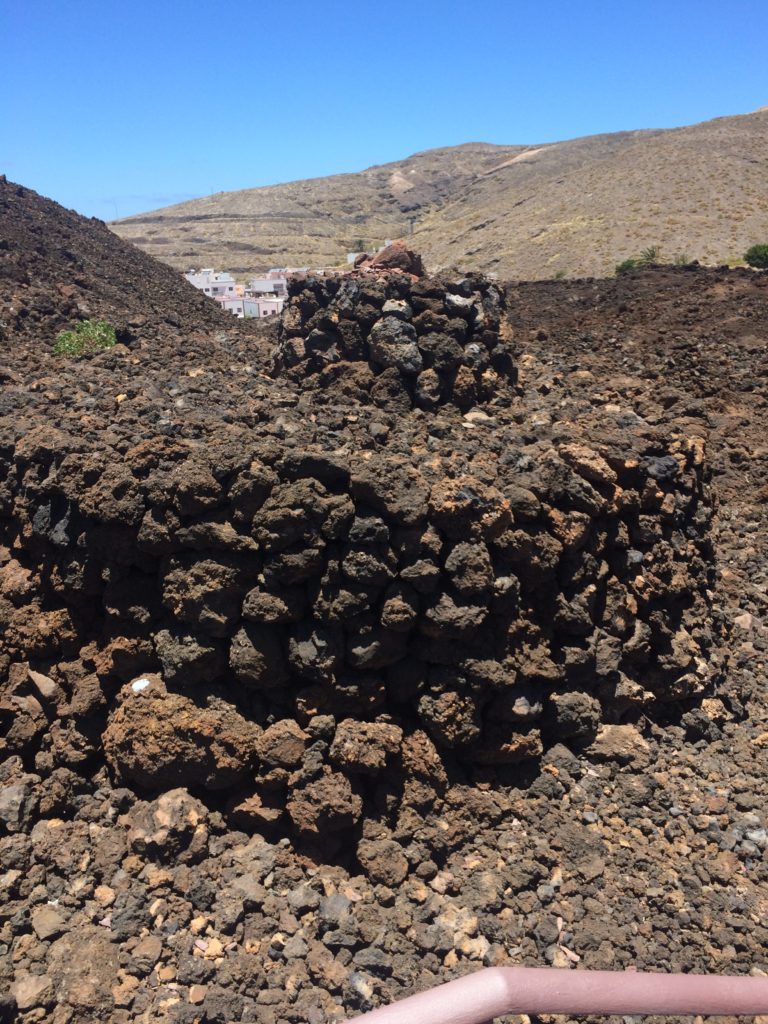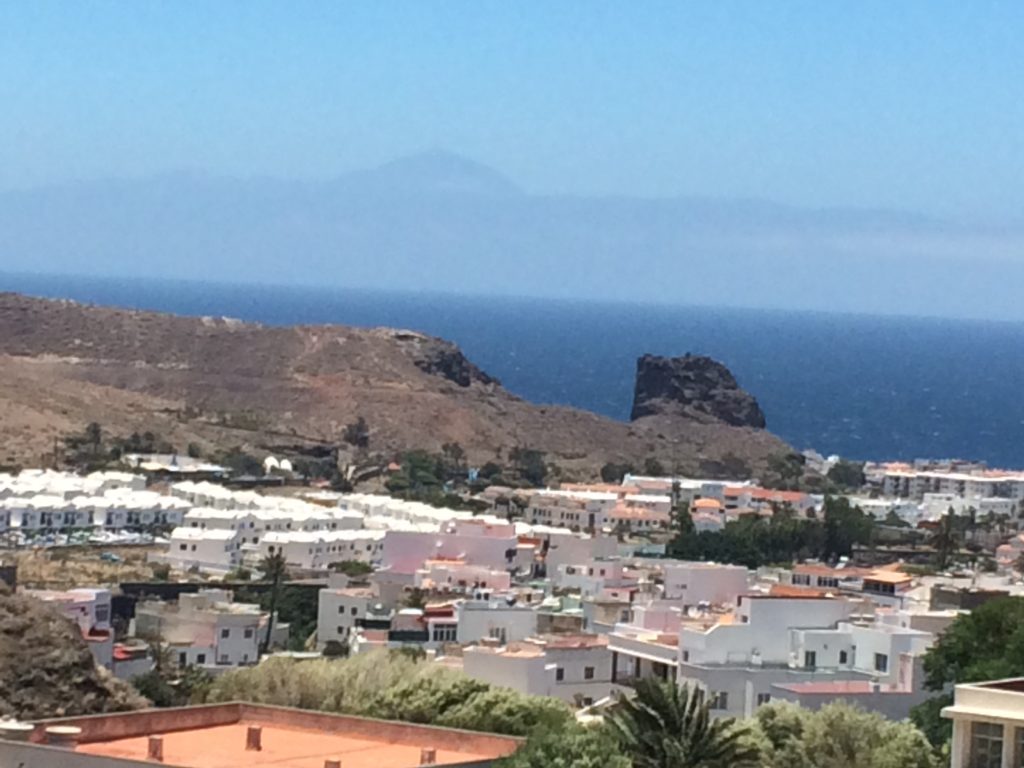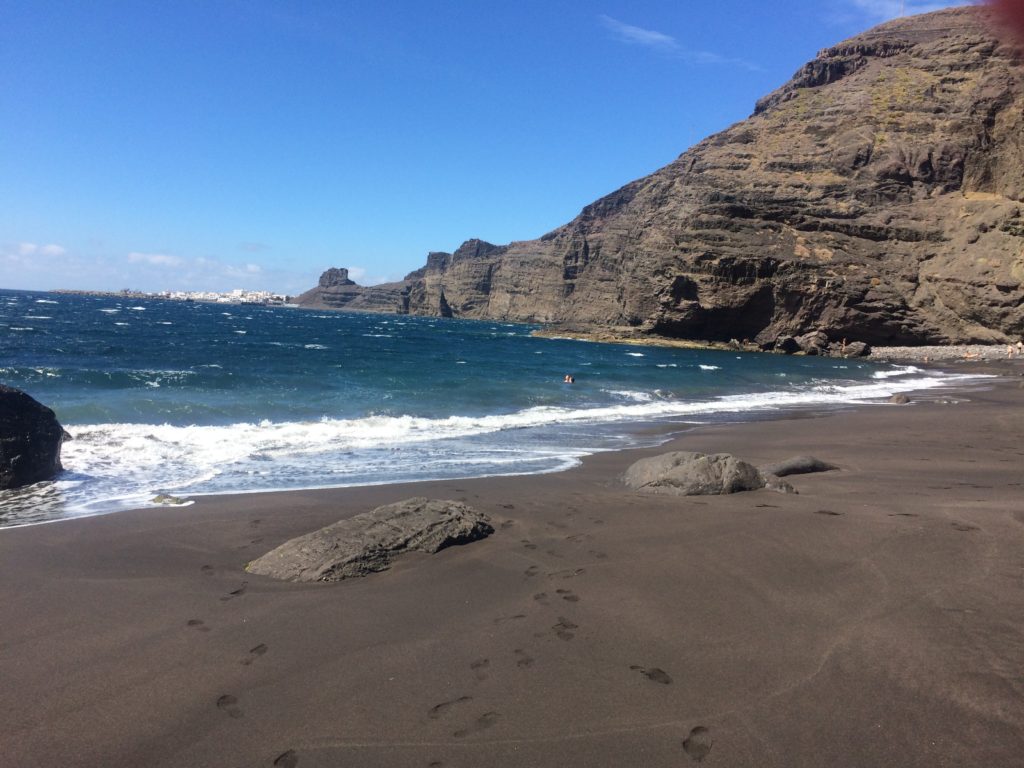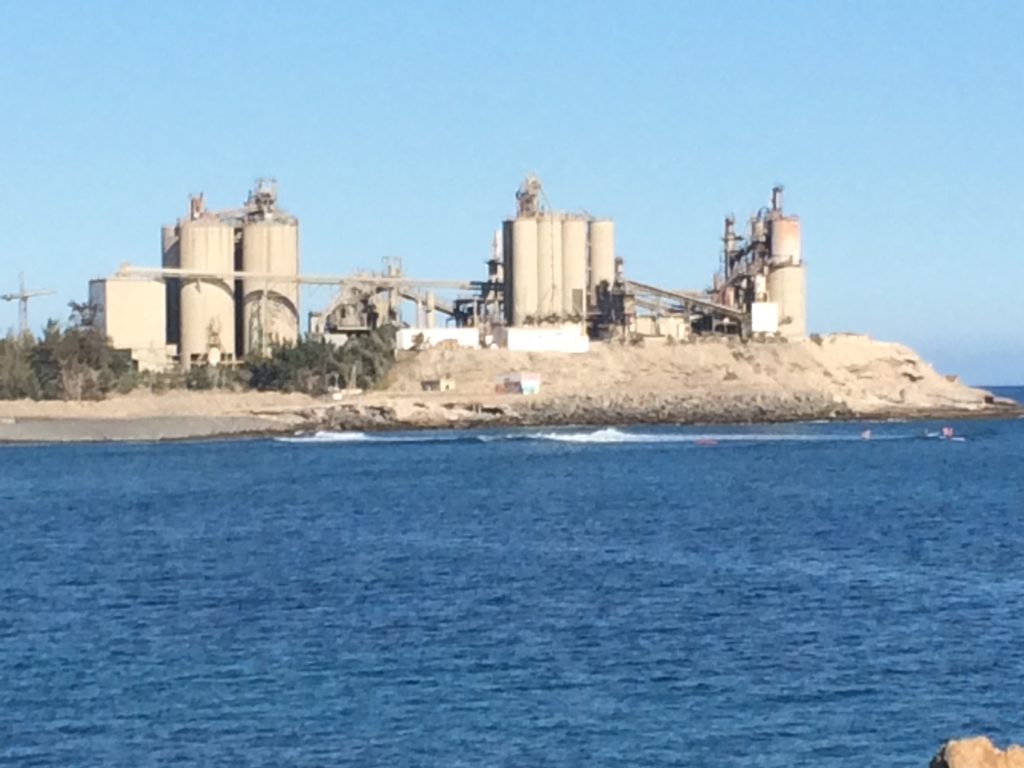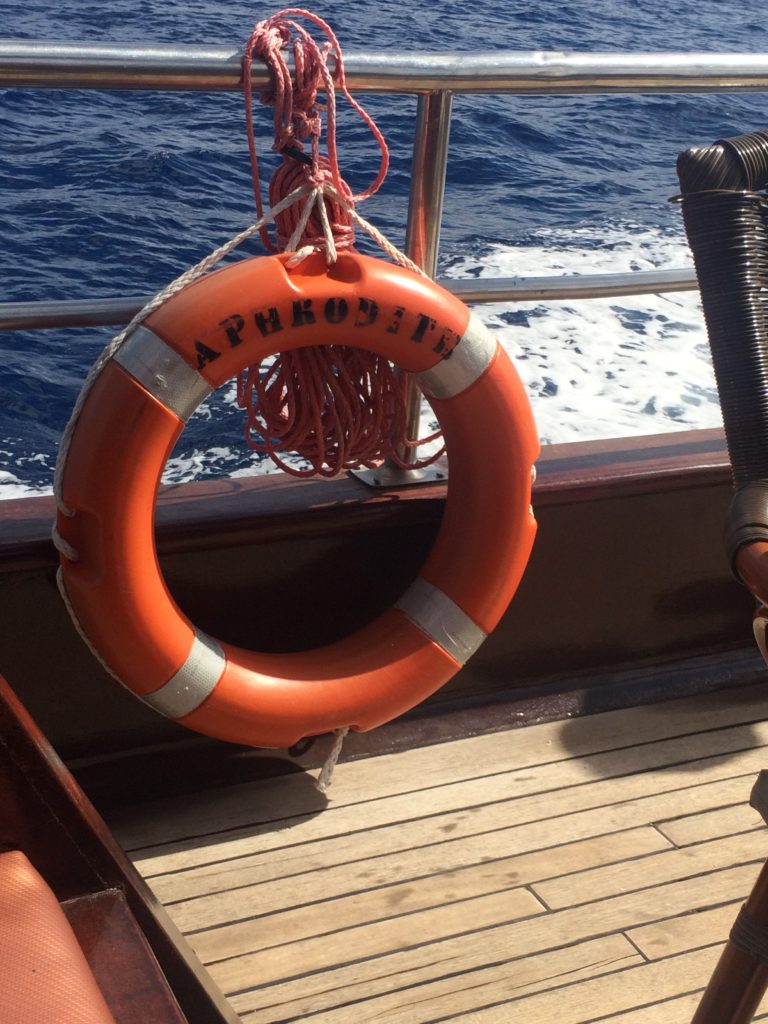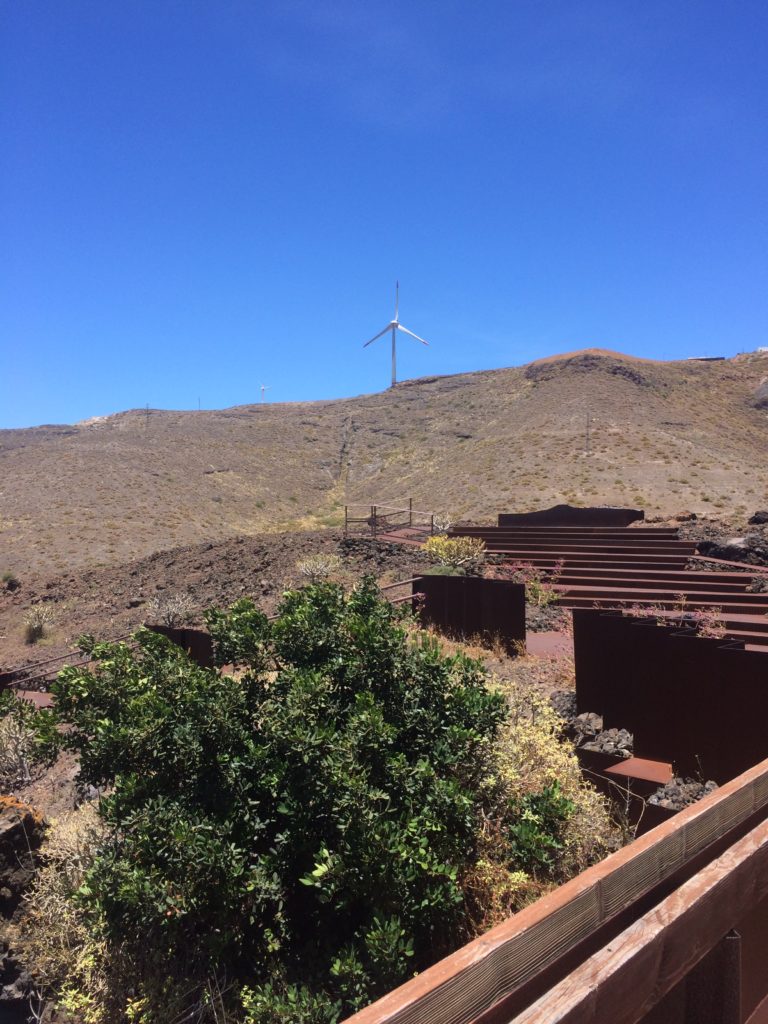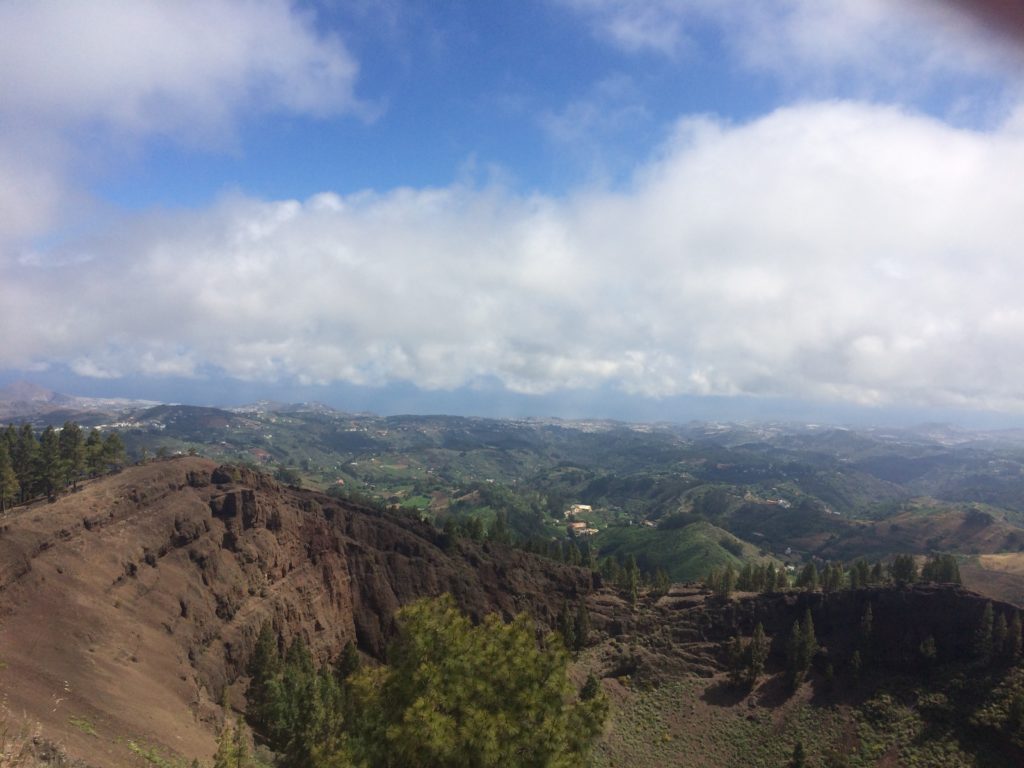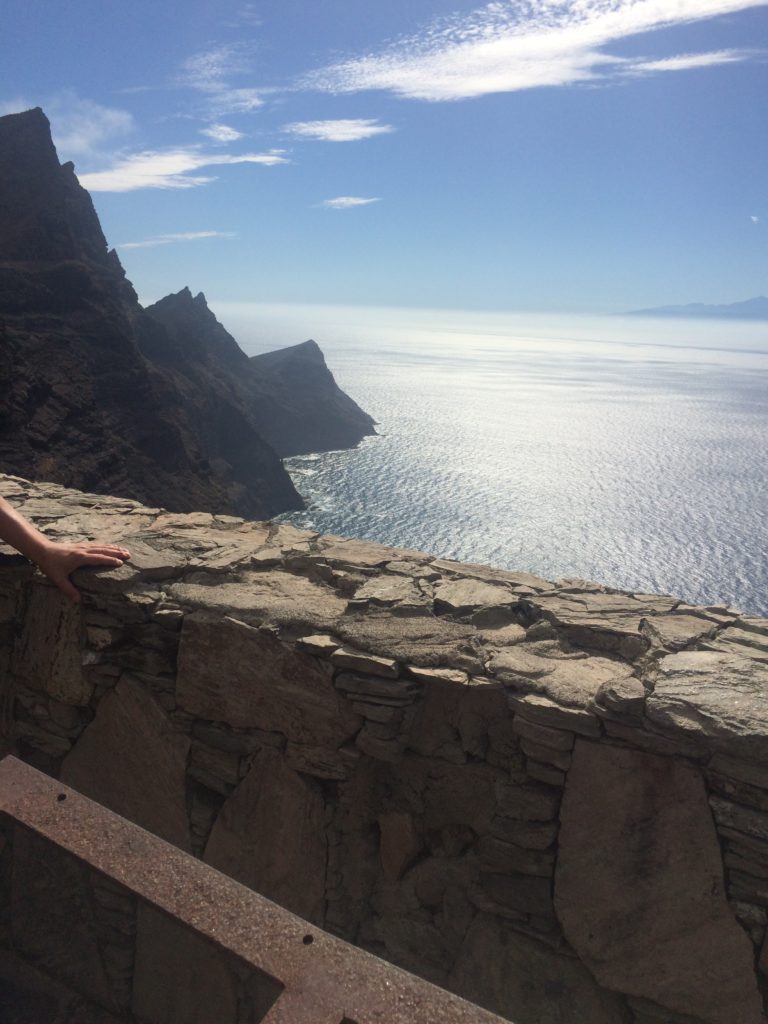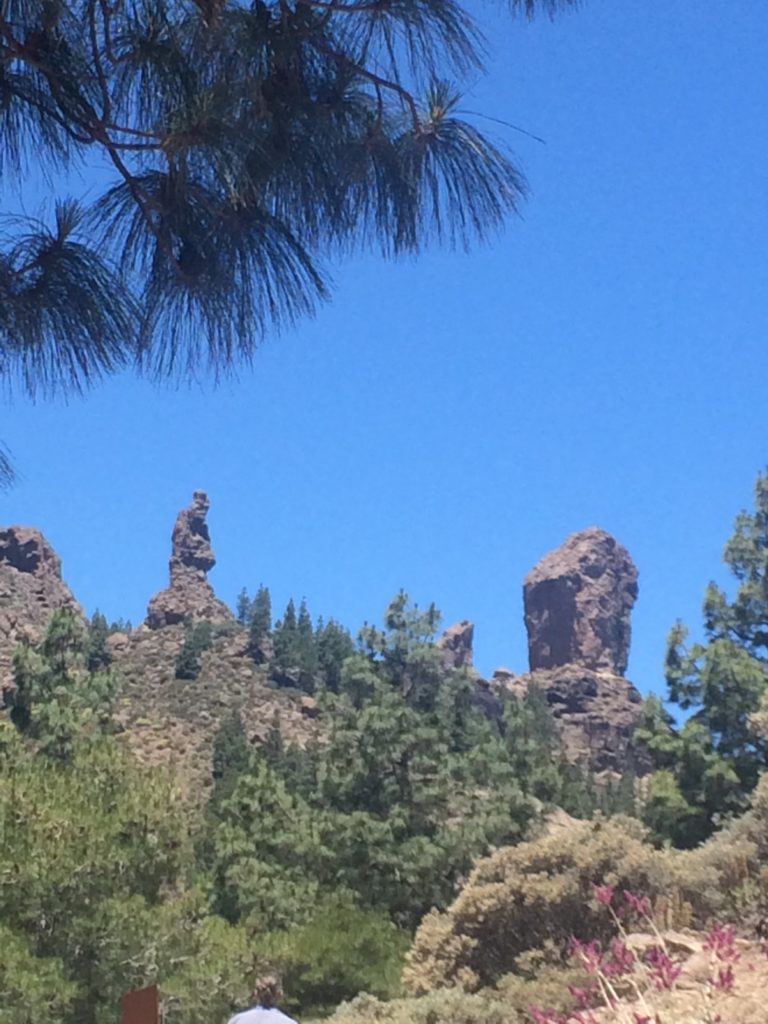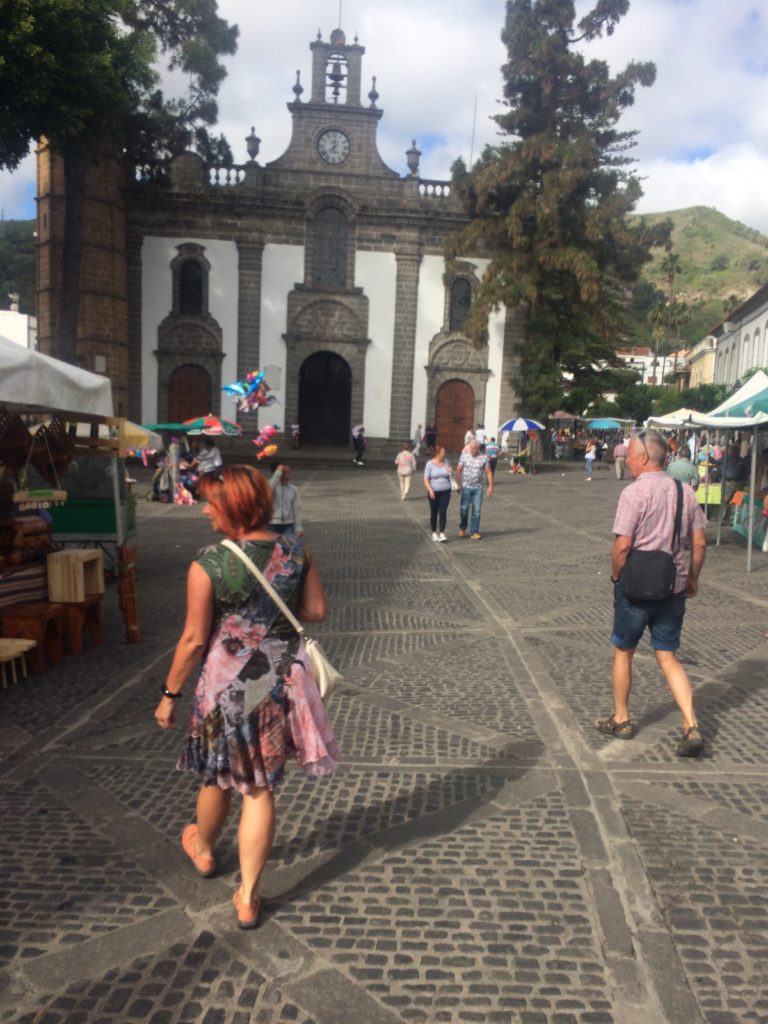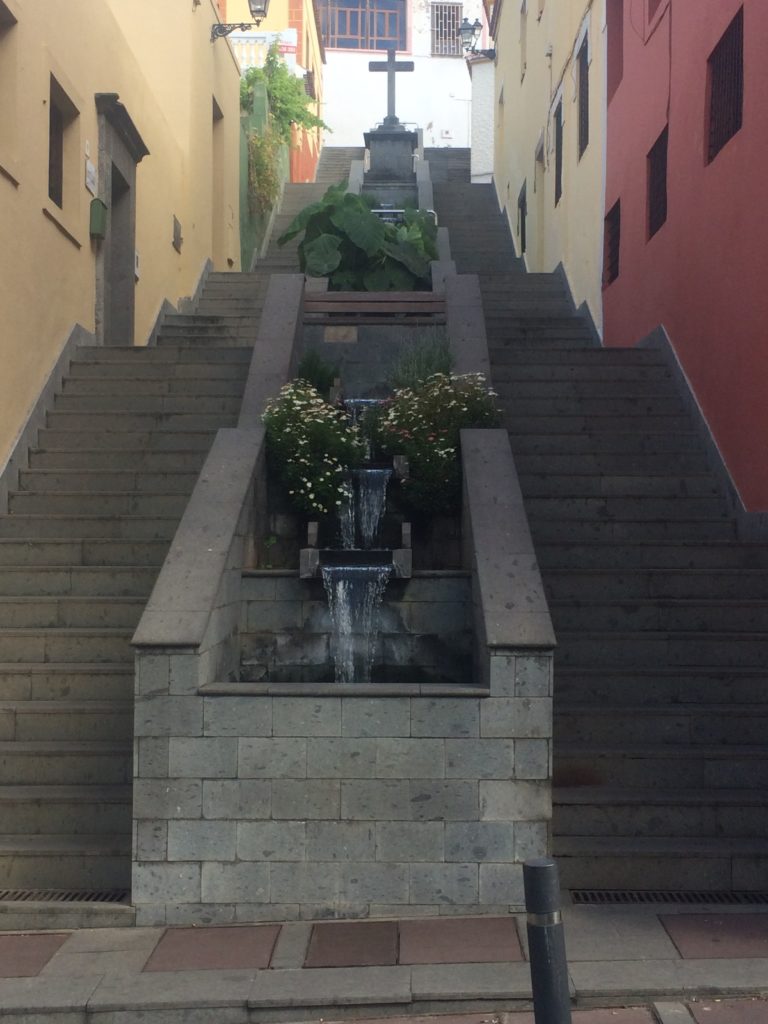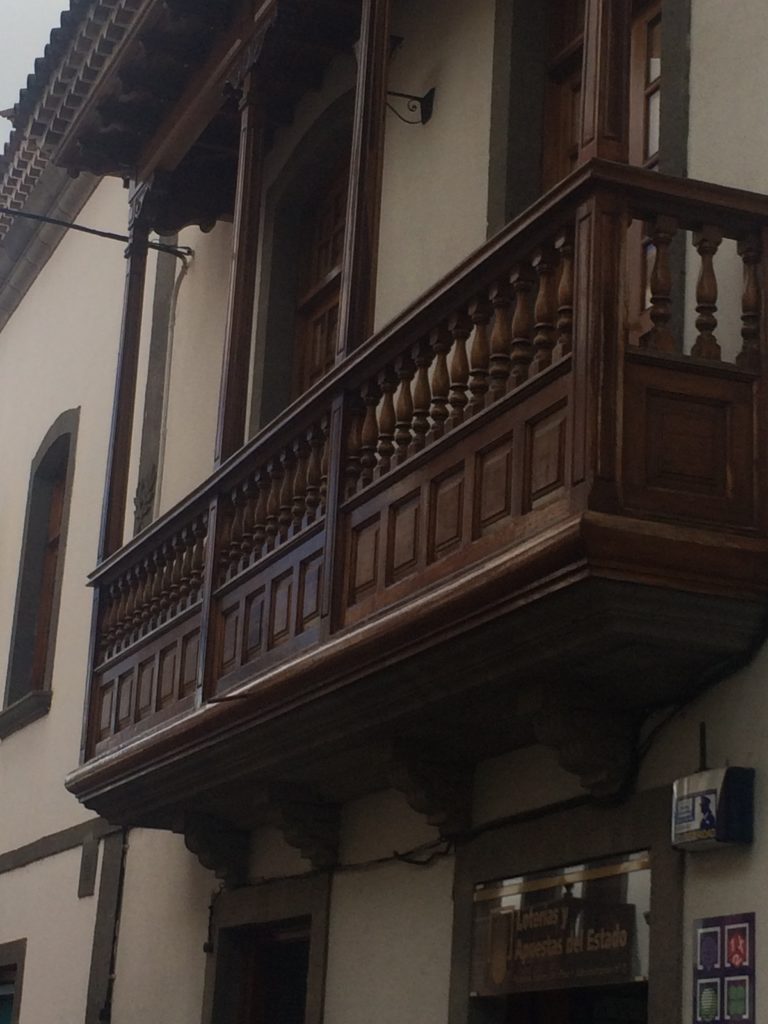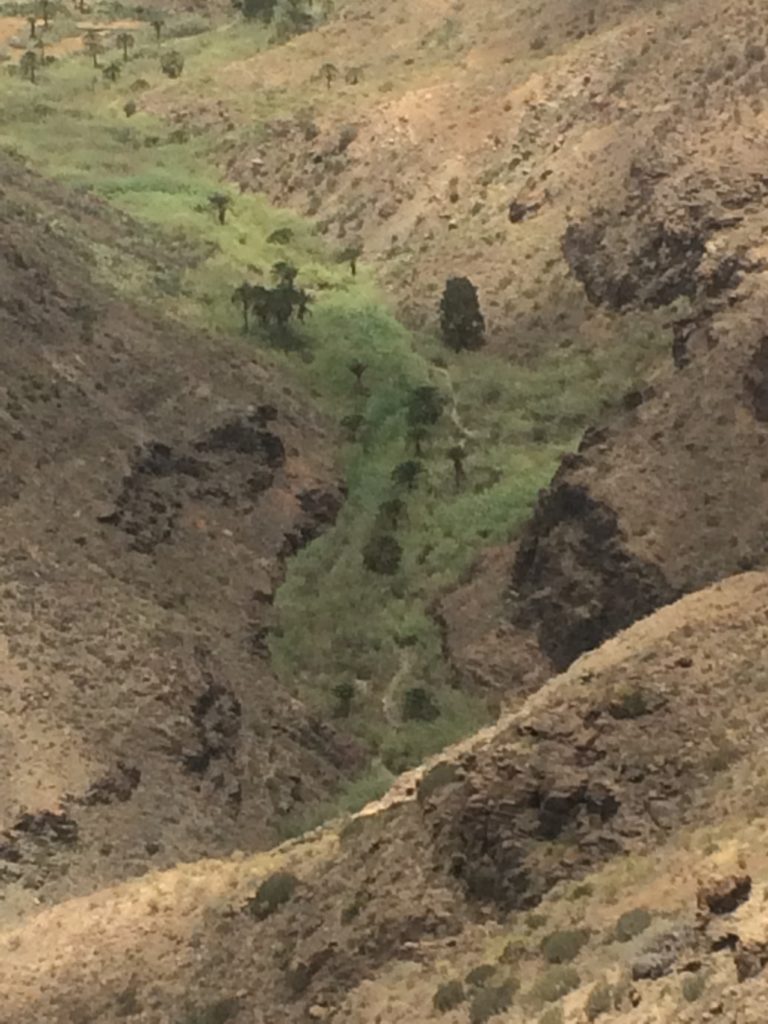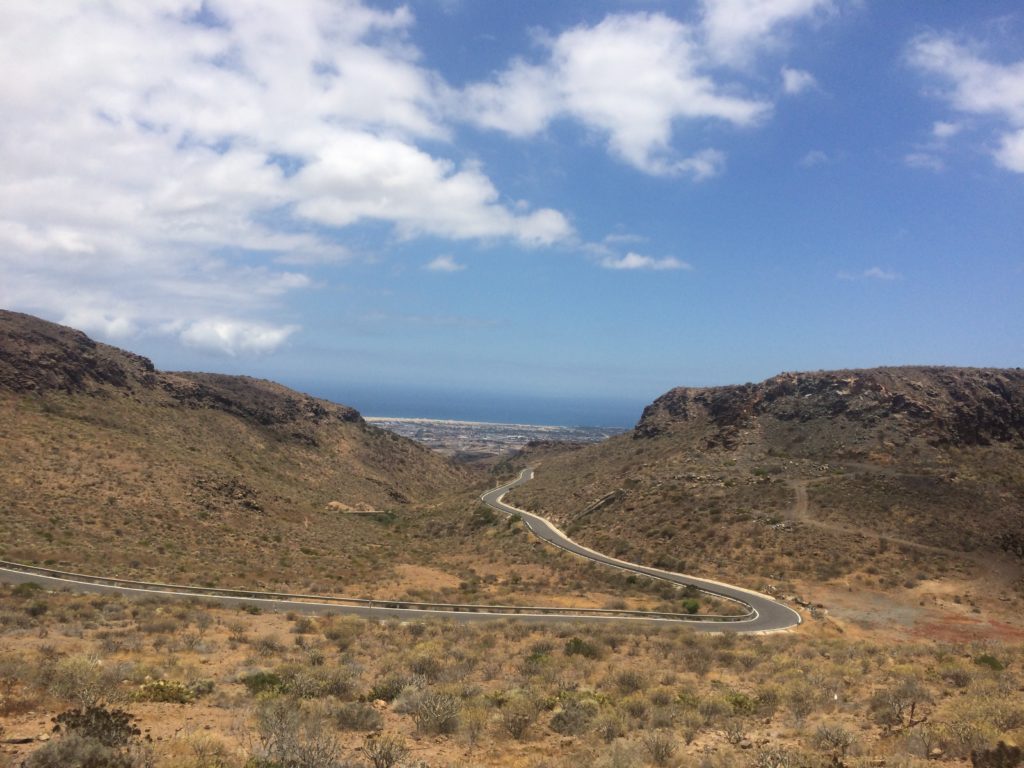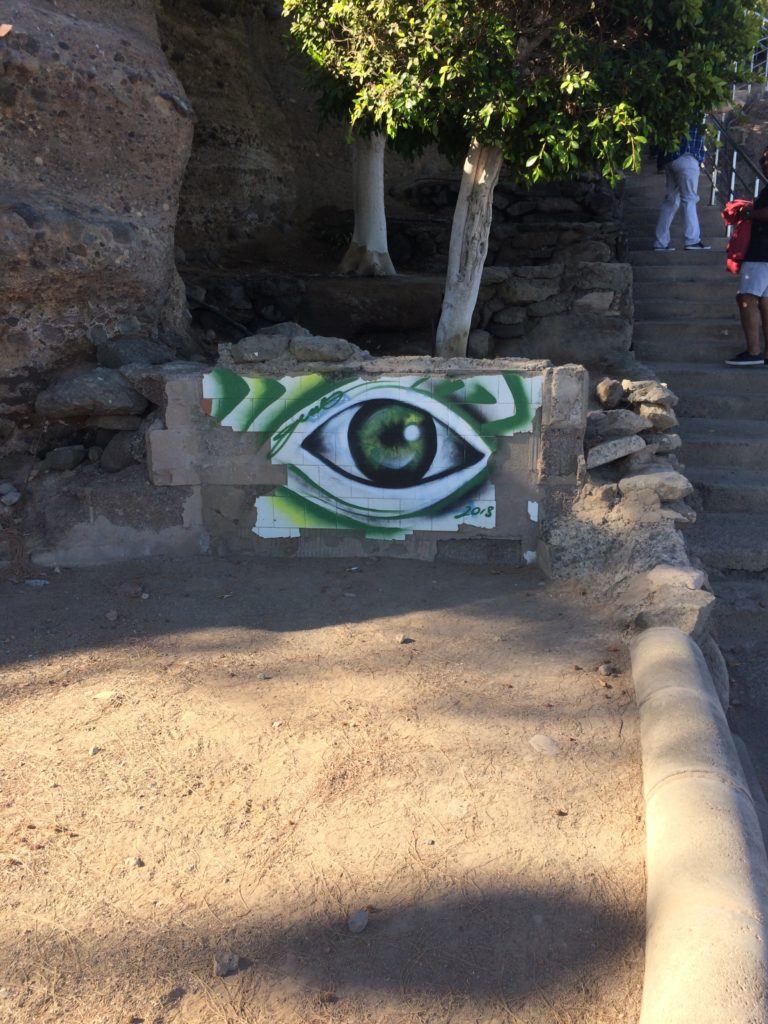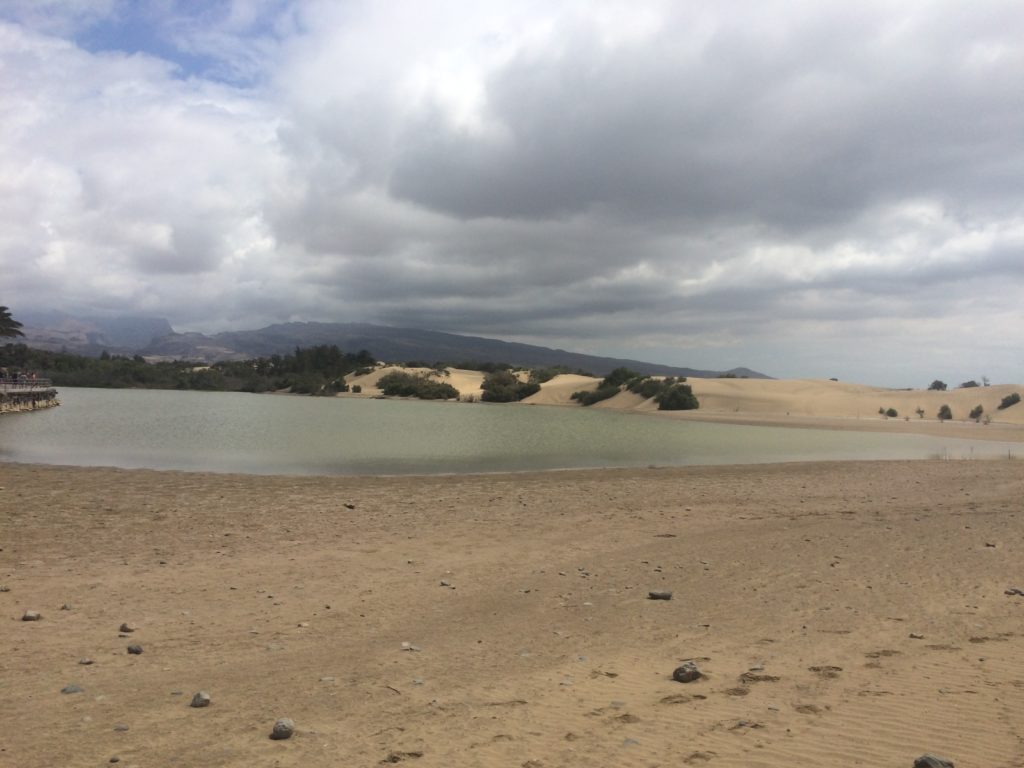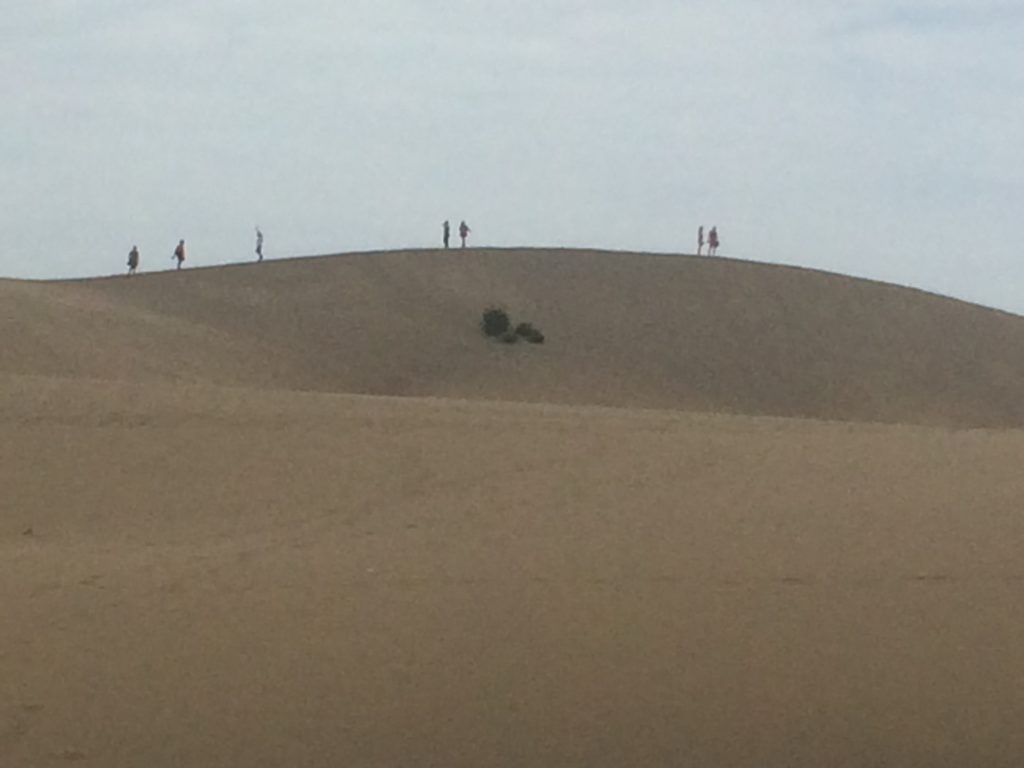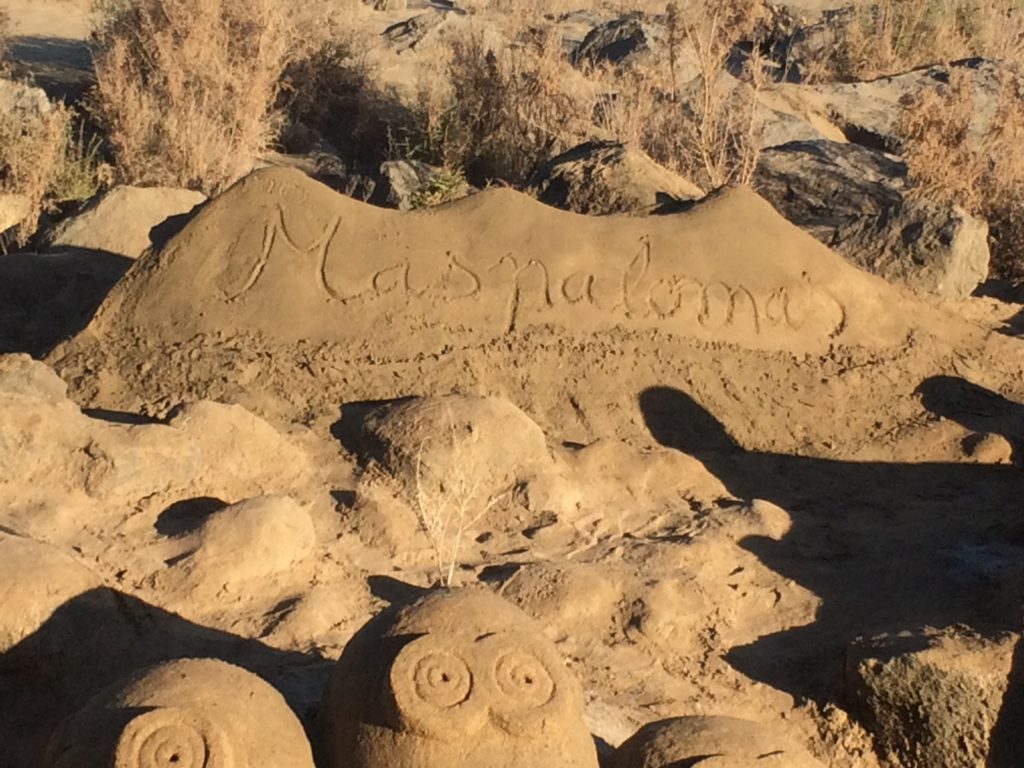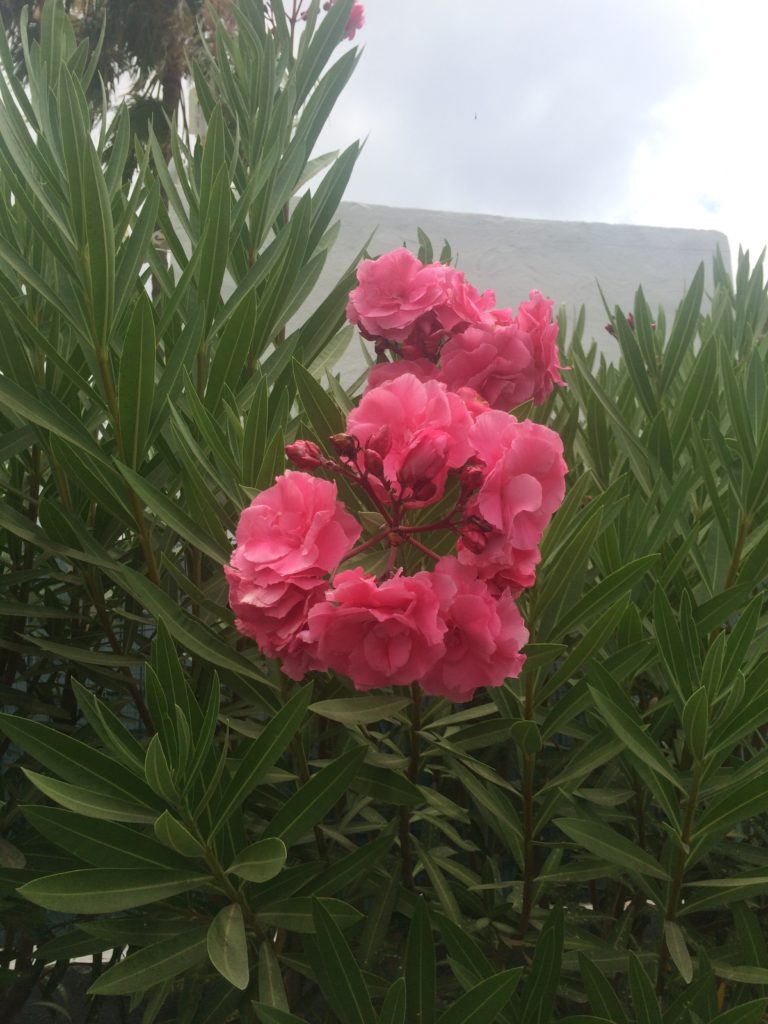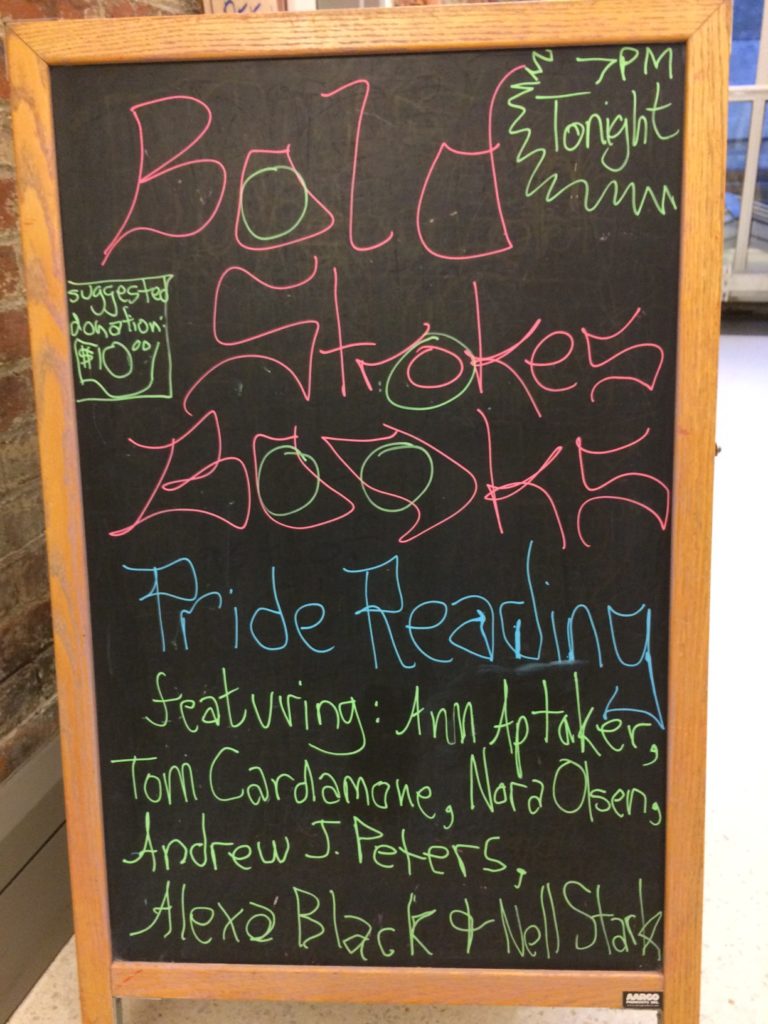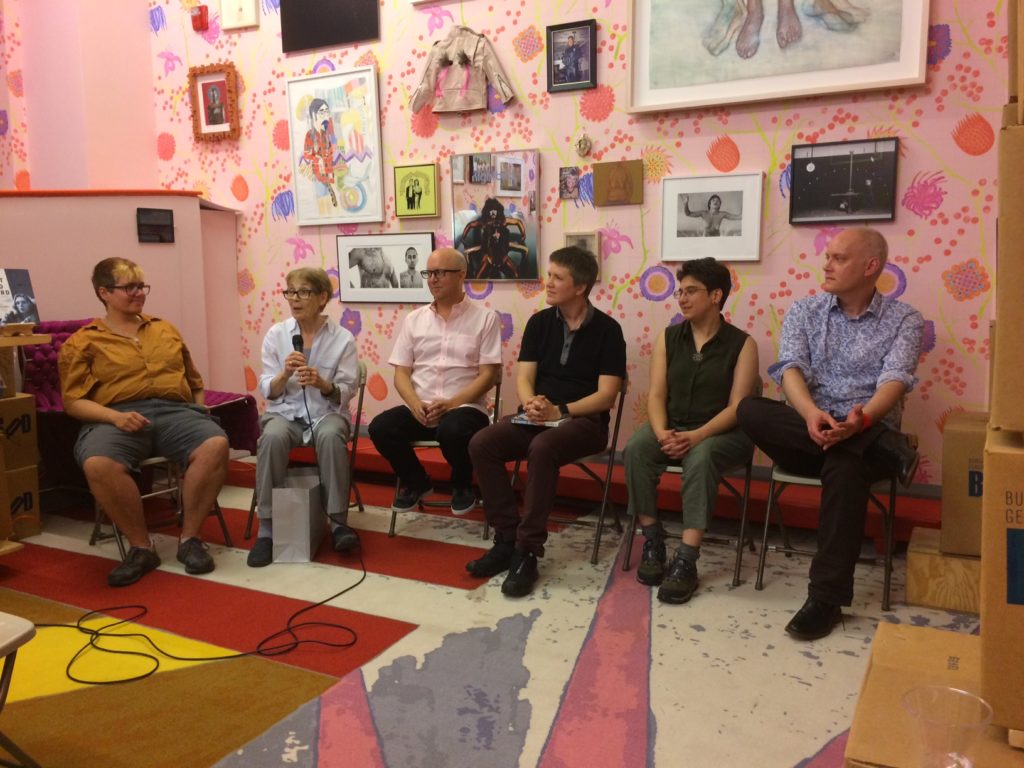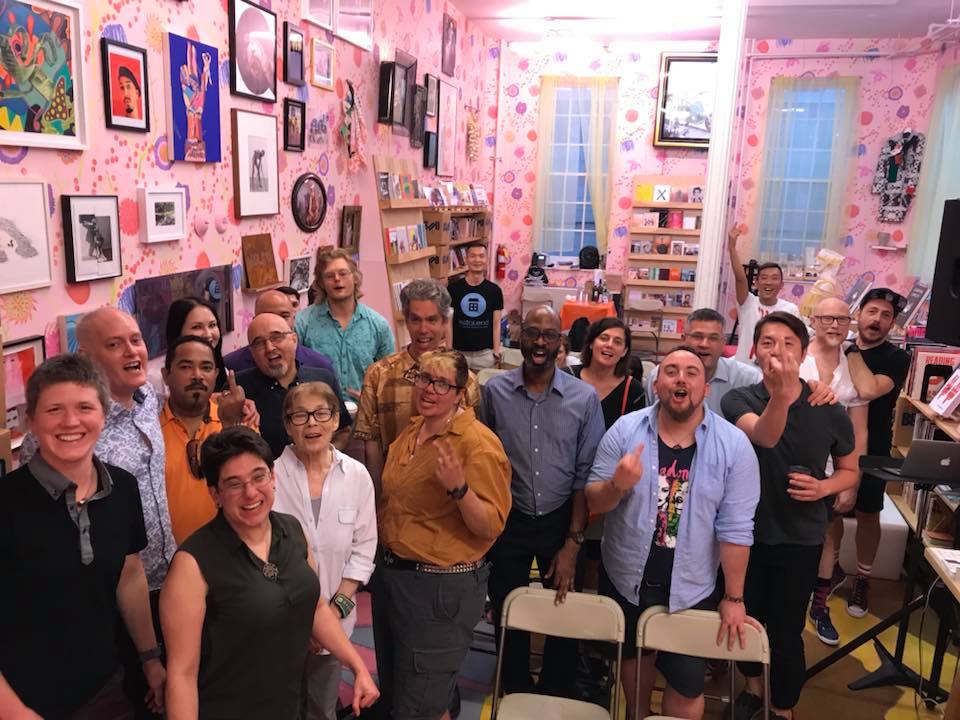From time to time, people stop by my blog with comments and questions about my journey to get my books published and the business side of being an author. I’m hardly a huge success story, but I’ve been doing this writing thing for a little while. So I thought I’d do something different and share a bit about my experience being a small press author. Full credit to Victoria Sheridan, a fellow NineStar Press author, who wrote this piece on the subject for the NaNoWriMo blog and got me thinking about the idea.
I actually have titles with four small presses so I guess that gives me some cred on the subject. First off, I should explain there’s three main pathways to getting your book published: big press, small press, and self-publishing. I’ve also had some experience with self-publishing through some short fiction I published on Smashwords and a romance/erotica novel I published on Kindle Direct Publishing (KDP) under a pen name.
The big press route is the most coveted pathway for authors. I don’t think I’ve ever met an author who didn’t start out with that goal in mind. As publishing corporations have shrunk and merged due to declining sales over the past decade or so, five publishing houses are left as “The Big Five.” They make up an estimated 80 percent of market and offer the largest distribution networks, promotion/marketing resources, advances for authors (i.e. you get paid something up front before your book makes sales), “social capital” to generate buzz and opportunities, and the much sought-after stamp of prestige.
I tried the big press route with most of my titles figuring it made sense to aim high first and give my books the best chance of discoverability. With rare exception, an author needs a literary agent to get their book considered by one of the big houses, thus the first slow and agonizing step in the process is to query agents who can sell the kind of book you’ve written.
If an agent accepts you as a client, you’ve increased your chances of getting published by a big press, though results can greatly vary. I had an agent for Irresistible who had nearly four decades of experience repping gay literature for example, and she couldn’t get any editors she works with interested in it. She candidly shared with me the number of big house editors interested in gay fiction has dwindled such that she can count them on one hand. Fiction generally is the softer side of big house income, resulting in greater reliance on authors to do some of the marketing themselves, even presenting a business plan and an established following in some cases. Thus, landing a book at a big press has become ever more elusive for many of us.
Self-publishing is the accessible alternative and has become quite popular via platforms like Amazon’s KDP program. The advantages are control over production, marketing, pricing, and of course getting a much bigger share of sales. KDP for example pays authors 70% of list price. Big presses pay as little as 8-10% on hardcover and paperback sales, 20-25% on e-books.
On the other hand, self-publishing requires a considerable outlay of money in order to start making sales, from editing and design services to marketing costs. Moreover, the most successful self-published authors churn out a ton of books in order to establish a following so the sense of being free to DIY however you want has some limits. According to writer sites like Reedsy, it’s become pretty much obligatory to focus on writing serials if you have expectations of generating income as a self-published author.
I dabbled in self-publishing as somewhat of an experiment. I had a couple pieces of short fiction I thought might be useful as freebies to entice readers to check out my longer work. Then, I had a more [ahem] mature novel I thought I’d try on KDP out of curiosity and really for the fun of it.
I did practically nothing to market the short fiction pieces on Smashwords. One story which is permafree has gotten about 600 downloads since it was published almost five years ago. The other story, published just last year, got 40 downloads when it was free for a two-week trial period and has since gotten about 40 downloads while priced at 99 cents. So, nothing too impressive there.
And there’s no way to track if those downloads led to purchases of my other books. Smashwords allows you to mention other titles inside a book published on their platform, but they prohibit direct links to competitor retailers like Amazon. My guess is any buy-through activity has been very light.
The novel at KDP, also barely marketed, has sold 20 copies over a one-year period, leaving me pretty deep in the red as I paid $500 for editing and book design.
I said this post was going to be about my experience with small press publishing, but I thought that lead-in was helpful to put things in context. Small presses, sometimes called independent presses, are often described as that world in-between the big houses and self-publishing since they offer some of the advantages and some of the limitations of both of those routes.
Most small presses will take unagented submissions, and they’re quite specific about what they’re looking for. For instance, I was encouraged by the number of independent publishers who are enthusiastic about LGBTQIA+ fiction, and I found homes for several of my titles at Bold Strokes Books and NineStar Press, which publish LGBTQIA+ fiction exclusively.
Now I should say, when I refer to myself as a small press author (primarily), I mean a small press. There are scores of independent publishers outside of the Big Five, and they vary in size. The bigger ones might have a staff of twenty and publish over 100 titles annually. The smaller ones might have one or two people running the business and a pool of editors, production staff and marketing folks they hire for projects, altogether publishing a dozen or less titles each year. That describes all four of my publishers.
As such, their response time to submissions was generally gradual. I waited six months to receive offers on two of my titles. The quickest turnaround was for Werecat – two weeks, and that project also has the distinction of having a 100% success rate. I really liked the publisher’s mission statement and backlist and sent them an exclusive submission.
Bold Strokes paid a $500 advance for each of the first two books I published with them (The Seventh Pleiade and Banished Sons of Poseidon) and offered $200 on the third since I had not earned back my advances on the other books. My other three publishers do not provide advances, but their contract terms were largely more favorable. The best is a 50/50 split on both print and e-book sales with no right of first refusal on future titles.
An advantage over self-publishing is a small press provides professional editing, proofing, cover design, copyrighting, and placement/distribution at no cost to the author. While my experience has varied somewhat with my four publishers, I’ve largely been ushered through that process with personalized attention and a collaborative approach, which may be less common when working with a big house due to the volumes of titles their business plan demands. There’s nothing quite like working with an editor who is genuinely enthusiastic about your book, and I’m grateful to have had that experience with several of my titles (special shout-out to my fabulous NineStar editor Elizabetta!).
Now regarding placement and distribution, only one of the four presses I’ve worked with has a distribution plan for trade paperbacks that is even slightly comparable to the big houses, i.e. actively working to get their titles into brick-and-mortar booksellers, trade shows, and libraries. And even so, I saw those efforts trickle off with my three titles. As one metric, the first title got picked up by 36 libraries across the country and around the world according to World Cat. The second title got into 11. The third got into 2. And I saw a similar trend with Barnes and Noble, which briefly had a handful of stores carry the first two titles and never picked up book #3.
One of my small presses is e-book only, and another is e-book mainly because they use a print-on-demand service to publish paperbacks. That’s a significant limitation as paperback readers will never find the titles off-line, and even the bookstores and libraries I approached to inquire about carrying the title had a difficult time finding the book via wholesale distributors like Ingram.
Regarding promotion and marketing, there’s no question small presses have a lot of limitations, though there can be an upside that I’ll get to. That ‘biggest’ small press Bold Strokes offered the most in that department such as paying for exhibit booths at book fairs, entering titles in awards programs, and providing authors with ten free copies of the title to give away as samples to get it into bookstores and libraries and send to early reviewers.
One of my publishers places titles on NetGalley, and another uses the early reviewer giveaway program at LibraryThing. They all use social media and mailing lists, but being small companies, their reach is pretty modest. Their contracts include clauses about marketing being a “partnership,” and while the terms of that are non-binding and don’t require authors to spend money in that area, it’s been my experience across the board that small press authors must become the primary ambassadors of their titles.
I’d estimate I spent 100 hours or more on each of my titles via social media work, querying book bloggers, sending out to my own mailing list, running giveaways, creating related content for my website, and various forms of networking. I do readings at local bookstores and book fairs and conferences. I’ve also spent between $100-500 for each book on ads at Facebook and book promotion sites and printing promotional materials.
The impact can feel bleak. My best-selling title has sold 500 copies since its release in 2013. Two of my titles have only sold marginally better than that self-published novel I put up at KDP with close to zero marketing effort. Yep, I’m talking double digits.
The biggest success has been my e-novelette The Rearing, Book One in the Werecat series, which is approaching 15,000 downloads. That’s largely due to the e-book going permafree in 2017 and brings me to an upside to working with a small press.
Small presses can be innovative and flexible when it comes to promotion. That deal I brokered to set The Rearing permafree at retailers gave the series a second life after a period of declining sales, and the publisher’s willingness to collaborate on a pricing strategy is something that’s less likely to happen when working with a big house.
Another one of my publishers sponsored a live Facebook chat that was a fun way to launch the title, and another has a Facebook group with lively discussion and resource-sharing on everything from how to get the most out of tabling at a book fair to tips for getting books into libraries and connecting with vlogs and podcasters. I’ve found there’s not a lot a small press will do for you marketing-wise, but at their best, they’re a great source of information on how to DIY so there’s definitely value added there. I’ve learned a ton about media opportunities and how to make the best use out of Facebook and Goodreads. Most importantly, I’ve developed relationships with a lot of fellow authors, which is a huge source of mutual support and has often led to opportunities I would have never discovered by myself.
So I’d say the biggest benefit of being a small press author is being part of a community. Writing can be a lonely journey, and it helps to know you’re not traveling on your own. I cross-promote with other authors, commiserate when things aren’t going well (we all need that validation), and on the other side, we celebrate each other’s successes. For me, small presses are the realistic way to get my books published since I don’t have the expertise to design my own books, market them effectively, nor the funds to pay for professional editing and a publicist.


